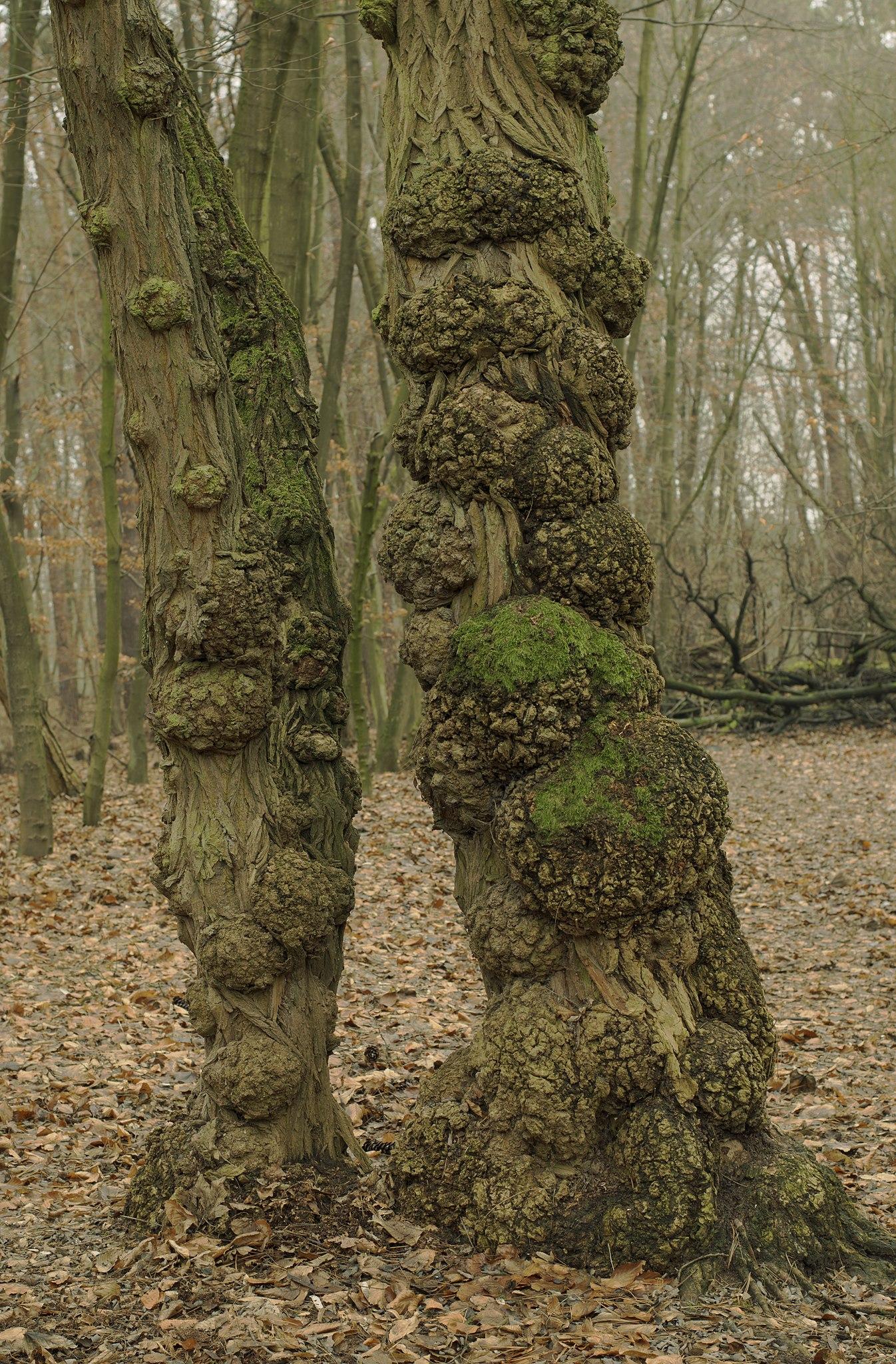
Ash dieback
Botryosphaeria stevensii
What is Ash dieback (Botryosphaeria stevensii)?
Raywood ash canker and dieback, caused by Botryosphaeria stevensii, is a condition affecting Raywood ash (Fraxinus oxycarpa 'Raywood'). It primarily occurs in regions with stressful growing conditions and insufficient soil moisture. Symptoms include dieback of multiple branches, yellowing, wilting, and browning of foliage. Infected limbs develop reddish-brown cankers, with bark cracking and sloughing off. While entire trees are not typically killed, the dead limbs pose a hazard. Raywood ash canker and decline is mainly found in northern California but may occur in other areas.
How does Ash dieback (Botryosphaeria stevensii) occur?
Botryosphaeria stevensii reproduces asexually through the production of conidia. These spores are dispersed by air or rainwater. When conditions are suitable, such as during periods of stress or drought, the spores infect Raywood ash trees. The fungus colonizes the host tissues, causing canker formation, limb dieback, and decline. The disease spreads through infected plant material and contact with contaminated tools.
Symptoms
1 - Plant Health
Botryosphaeria stevensii causes branch dieback, foliage wilting, and limb cankers. It reduces tree health and requires limb removal for safety.
3 - Soil Health
Dead ash tree decomposition enriches the soil with organic matter, aiding nutrient cycling. However, it can disrupt soil microbes and nutrient availability, impacting soil ecosystem health.
4 - Carbon Sequestration
Ash trees play a role in carbon sequestration by absorbing and storing carbon dioxide from the atmosphere. The loss of ash trees due to Ash dieback can result in reduced carbon sequestration capacity, potentially impacting efforts to mitigate climate change.
5 - Landscape and Aesthetic Value
Ash trees have aesthetic and landscape value in many areas. The decline and loss of ash trees can alter the visual appeal of landscapes, parks, and urban areas, impacting the overall aesthetic quality and cultural significance of these spaces.
Solutions
1 - Monitoring and Stress Management
• Minimize environmental stressors, particularly drought conditions, by ensuring sufficient soil moisture and implementing proper irrigation practices. • Regular monitoring of ash trees for symptoms of Ash dieback is crucial. Prompt identification of infected trees allows for early management and containment efforts.
2 - Quarantine and movement restrictions
Implementing strict quarantine measures and restrictions on the movement of infected plant material, including ash trees, logs, and wood products, can help prevent the introduction and spread of diseases to new areas.
3 - Sanitation and hygiene practices
Proper sanitation and hygiene practices, such as cleaning and disinfecting tools and equipment, can help prevent the inadvertent spread of pathogens between trees, sites, or regions.
4 - Resistant Cultivars
Consider planting alternative species to be resistant to Raywood ash canker and decline.
5 - Chemical control
Chemical control for ash dieback is challenging and not widely recommended. However, tebuconazole is a systemic fungicide that has been used to reduce the progression of the disease.
